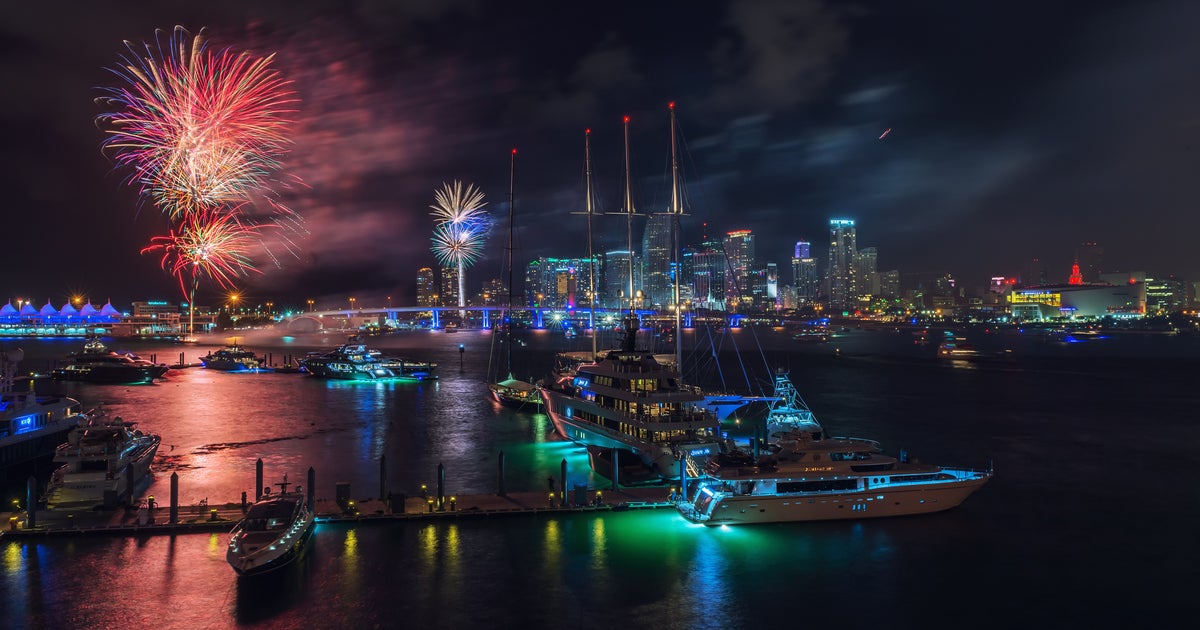Launch Of Large Gator Head Pushed Back
FORT LAUDERDALE (CBSMiami) – A 40-ton gator head that was expected to float through downtown Fort Lauderdale on the New River and down the Intracoastal Waterway was delayed Sunday, but its creators hope their art piece makes a big bite in the upcoming week of Art Basal.
Hollywood artist Lloyd Goradesky and Everglades' historian Cesar Becerra said that the launch of the "the world's largest alligator head" was pushed back due to construction delays. They hope to get on the water Monday.
The project has cost the team approximately $200,000 so far, funded mostly through donor contributions, in-kind donations and the groups' own pockets.
The gator, which is called "Floating Tile Art: Gator in the Bay," is made up entirely of refurbished items that were found in a junkyard and its pointy white teeth are made up of roofing material. When all of the parts of the alligator are put together, it will be 230 feet long and 50 feet wide and sit on a self propelled barge.
Goradesky, Becerra and a group of collaborators continued the work of nearly a year-long project throughout Sunday, to see their gator come alive.
The pricey gator head started with drawing up of plans and then the team put it together piece by piece.
"The gator project is currently in its first phase, meaning only the head and neck have been completed," Becerra told the Sun-Sentinel.
Later this year, the team will add the rest of the body, which consists primarily of 102 4-foot-by-8-foot tiles that will feature approximately 6,500 wildlife photographs Goradesky shot from inside the Everglades.
"It's safe to say something like this has never been done before," said Goradesky.
Jim Martin will steer the barge art while a crane boom inside will open and close the gator's mouth to about three stories high, according to the paper.
As the gator glides south and into Biscayne Bay, it is sure to amaze those in the area of Art Basal.
This is defiantly not your average gator; the reptile's eyes glitz with an orange light and the head changes colors throughout the evening.
Creators hope the art will draw attention and represent the Everglades' fragile ecosystem and restoration efforts, said Becerra.
"Sometimes you have to do something like this to get the attention of a region that often doesn't think about what it has in its own backyard," Becerra said.
The gator will make another appearance in May to celebrate the 30th anniversary of Christo's "Surrounded Islands" installation on Biscayne Bay.
"The idea is to educate people and the best time to teach is when they least expect it," said Goradesky. "They come to look at a beautiful piece of art and wake themselves up to something so unique in South Florida that is the Everglades."
The Sun-Sentinel has contributed to this report.



